Curiosities of Panama, a narrow isthmus connecting North and South America, is a country of incredible diversity and cultural richness. Known for its iconic canal, lush rainforests, and vibrant cities, Panama has a unique identity shaped by indigenous influences, Spanish colonial history, and its strategic geographic location. In this exploration, we delve into some of the most striking curiosities that make Panama distinctive and fascinating.
Panama Canal:
The Panama Canal stands as one of the most significant engineering marvels in the world. Connecting the Atlantic and Pacific Oceans, the canal has been a vital waterway for global trade since its completion in 1914. Visitors can witness the canal’s operation at the Miraflores Locks and gain insights into its history at the Panama Canal Museum.
San Blas Islands and the Guna Yala:
The San Blas Islands, located along Panama’s Caribbean coast, are home to the Guna Yala indigenous people. Known for their vibrant culture and colorful traditional dress, the Guna have autonomy over the region, creating a unique blend of traditional and modern practices.
Biodiversity:
Despite its small size, Panama is incredibly rich in biodiversity. The country serves as a bridge connecting North and South America, creating a diverse range of ecosystems. National parks like Soberanía and Darien showcase the abundance of wildlife, including exotic birds, mammals, and reptiles.
Coiba National Park:
Coiba National Park, a UNESCO World Heritage Site, is located on Coiba Island and the surrounding marine areas. Known for its diverse marine life, including hammerhead sharks and humpback whales, the park is a haven for ecotourism and marine conservation.
Cinta Costera:
Cinta Costera is a scenic waterfront boulevard in Panama City that offers stunning views of the Pacific Ocean. The area features parks, recreational spaces, and a vibrant atmosphere, making it a popular destination for locals and visitors alike.
Chiriquí Highlands:
The Chiriquí Highlands, located in western Panama, are known for their cool climate and picturesque landscapes. Boquete, a town in the region, is famous for its coffee plantations, hiking trails, and the annual Boquete Flower and Coffee Festival.
Emberá and Wounaan Indigenous Communities:
Panama is home to various indigenous communities, including the Emberá and Wounaan people. Visitors can engage in cultural experiences by visiting their villages, learning about traditional crafts, and experiencing indigenous ceremonies.
Casco Viejo:
Casco Viejo, the historic district of Panama City, is a UNESCO World Heritage Site with well-preserved colonial architecture. The area features cobblestone streets, colorful buildings, and historic landmarks, creating a charming and culturally rich atmosphere.
The Golden Altar of San José Church:
The Golden Altar, located in the San José Church in Casco Viejo, is a breathtaking masterpiece made of carved wood covered in gold leaf. It is said to have been spared from the infamous pirate Henry Morgan during his raid on Panama in the 17th century.
The Pollera:
The pollera is Panama’s traditional dress for women, characterized by its vibrant colors and intricate embroidery. Worn during festivals and celebrations, the pollera is a symbol of cultural pride and craftsmanship.
Pearl Islands:
The Pearl Islands, situated in the Gulf of Panama, are known for their pristine beaches and crystal-clear waters. The islands gained international fame as the location for the reality TV show “Survivor.”
Balboa Avenue:
Balboa Avenue is a modern waterfront boulevard in Panama City, offering panoramic views of the Pacific Ocean. The avenue is lined with skyscrapers, parks, and recreational areas, making it a popular spot for locals and tourists alike.
Panama Hat:
Despite its name, the Panama hat originated in Ecuador, where it is traditionally made from toquilla straw. However, these stylish hats gained popularity during the construction of the Panama Canal when workers wore them for sun protection. Today, they are a symbol of tropical elegance.
Panamanian Cuisine:
Panamanian cuisine reflects a diverse mix of influences, including indigenous, Spanish, African, and Caribbean flavors. Typical dishes include sancocho (a hearty soup), ceviche, and arroz con guandú (rice with pigeon peas).
Volcán Barú:
Volcán Barú is the highest point in Panama, standing at 3,475 meters (11,400 feet) above sea level. Hiking to the summit offers panoramic views of both the Pacific and Atlantic Oceans, and on clear days, even Costa Rica.
Panama Viejo:
Panama Viejo, the ruins of the original Panama City, dates back to 1519 and is a UNESCO World Heritage Site. The archaeological site preserves the remnants of the first European settlement on the Pacific coast of the Americas.
Gamboa Rainforest Resort:
The Gamboa Rainforest Resort is located in the heart of the Panama Canal watershed and offers a unique experience for visitors. Guests can explore the surrounding rainforest, take a boat tour on the Panama Canal, and observe wildlife in their natural habitat.
Panama’s Independence Day:
Panama celebrates its independence from Spanish rule on November 3rd. The day is marked with parades, music, traditional dances, and patriotic events that reflect the country’s history and cultural pride.
Parque Metropolitano:
Parque Metropolitano is a vast natural park located within Panama City. It is home to diverse flora and fauna, providing residents and visitors with a green oasis in the midst of urban development.
Panama Jazz Festival:
The Panama Jazz Festival, founded by Panamanian musician Danilo Pérez, has become one of the
region’s most significant musical events. It brings together international and local jazz musicians, offering concerts, workshops, and educational programs.
Conclusion:
Panama’s uniqueness lies in its blend of historical significance, natural wonders, and cultural diversity. From the engineering marvel of the Panama Canal to the vibrant traditions of indigenous communities, the country invites exploration and appreciation for its multifaceted character.
As Panama continues to play a crucial role in global trade and tourism, these striking curiosities remain a source of pride for its people and an invitation for the world to discover the beauty and complexity of this Central American gem. Whether exploring the diverse ecosystems, embracing the rich cultural heritage, or marveling at historic landmarks, Panama stands as a testament to the extraordinary wonders that define its identity.


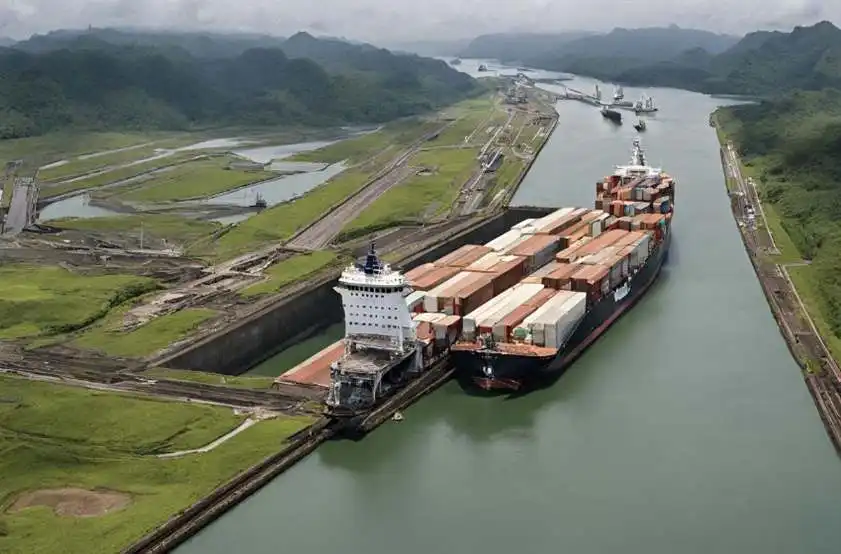
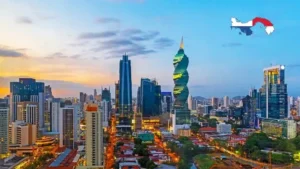
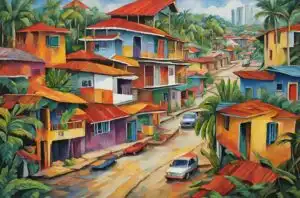
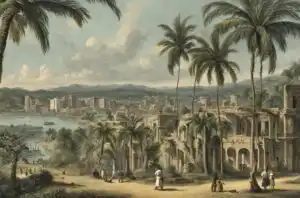
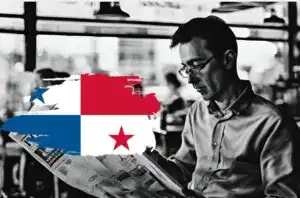

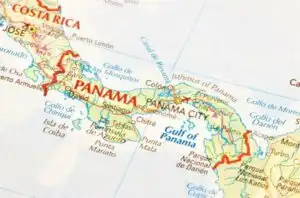
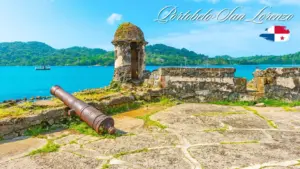
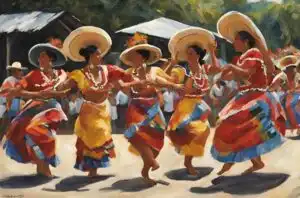

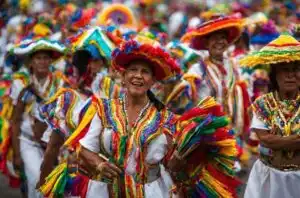
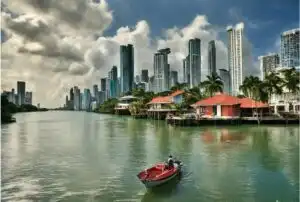
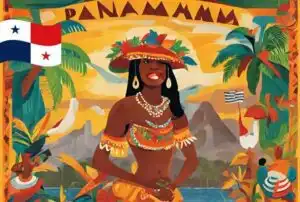
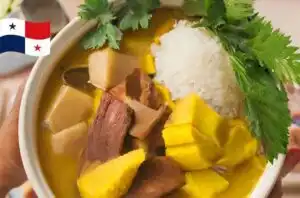
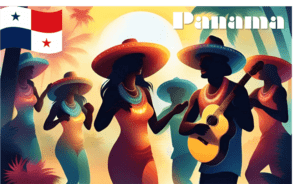
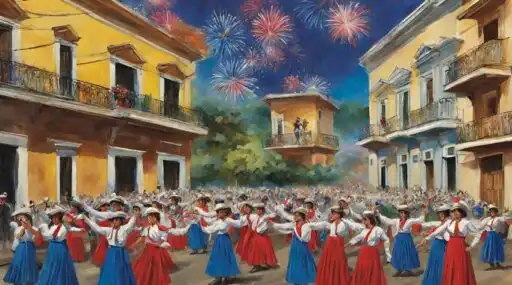


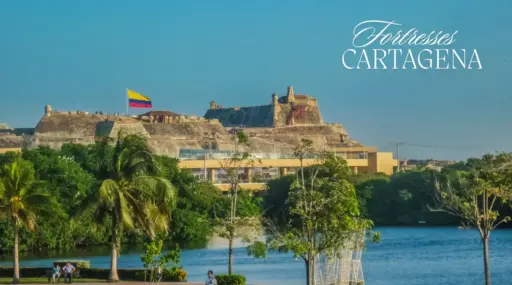
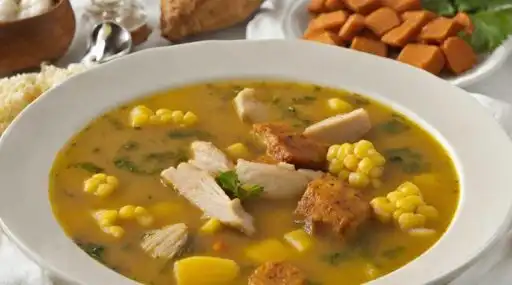
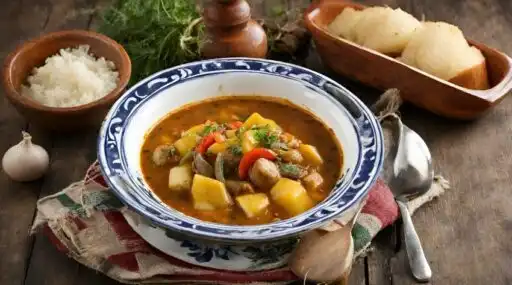
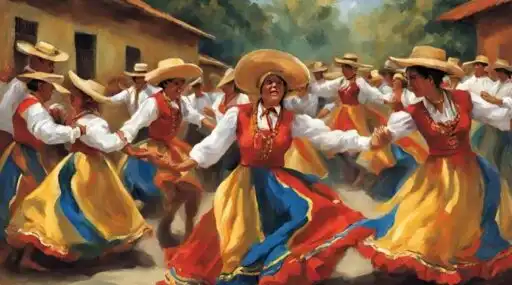
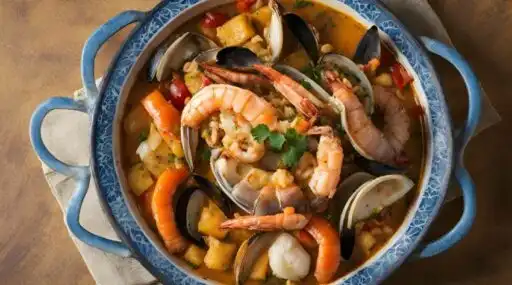
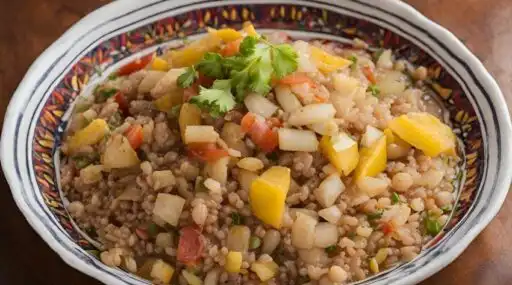
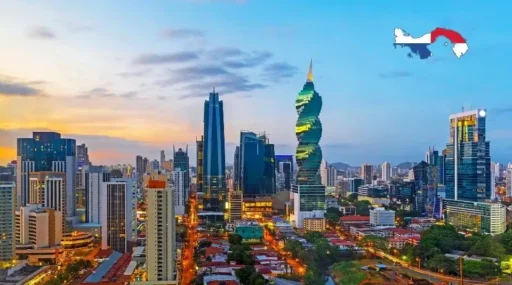
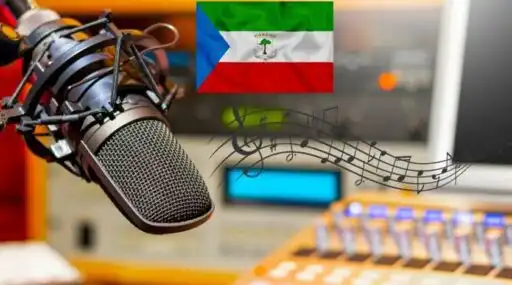
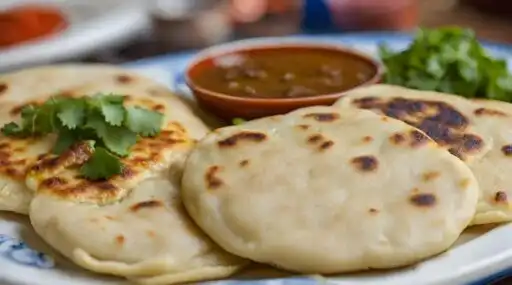
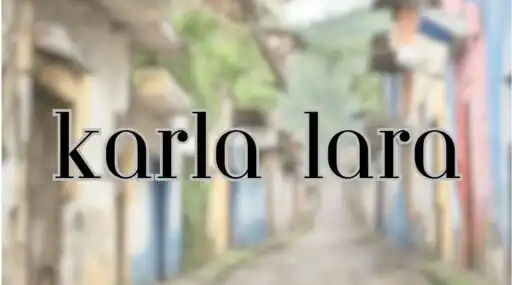
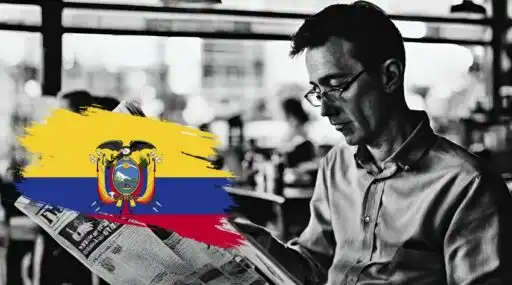
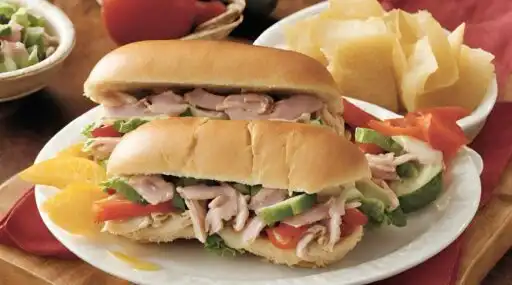

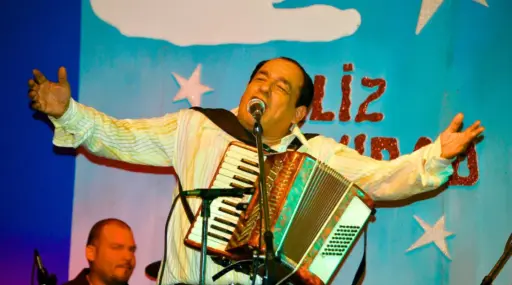
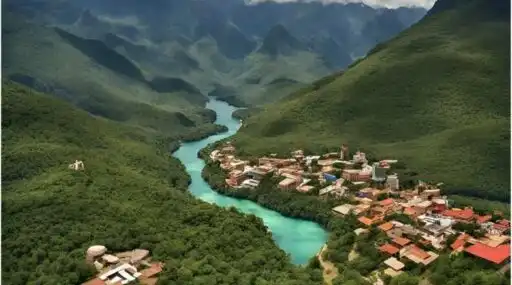
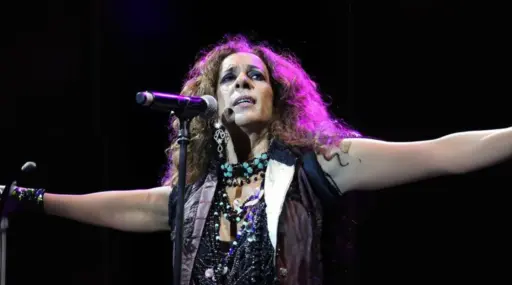
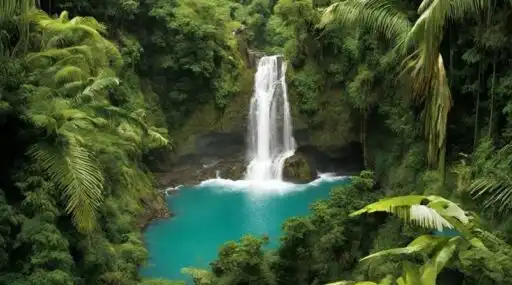
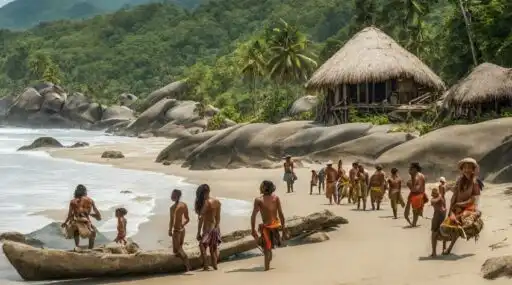
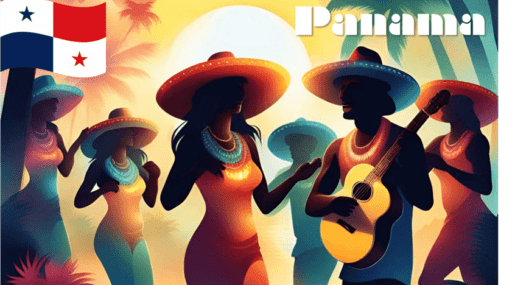
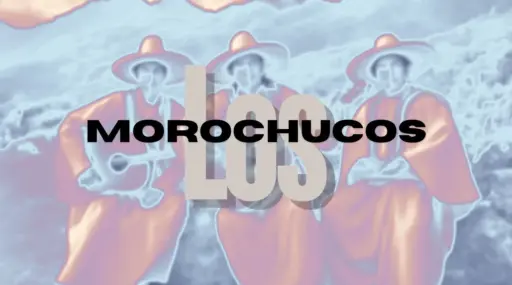
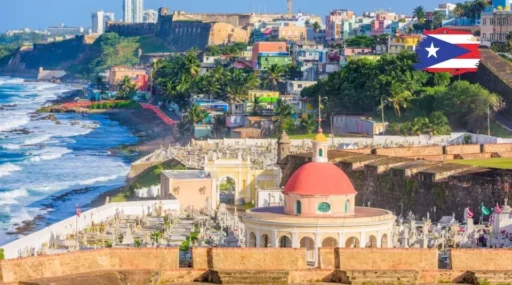
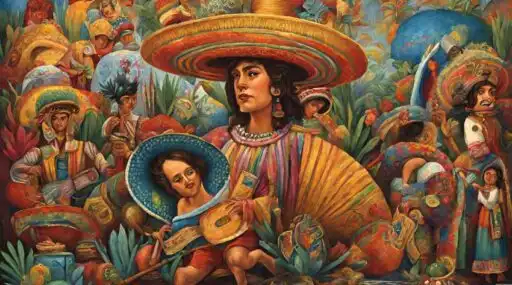
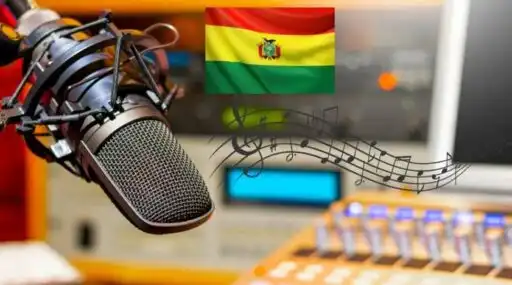
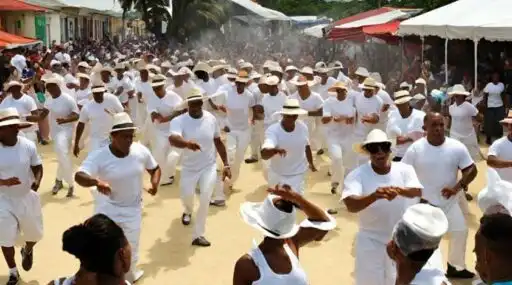
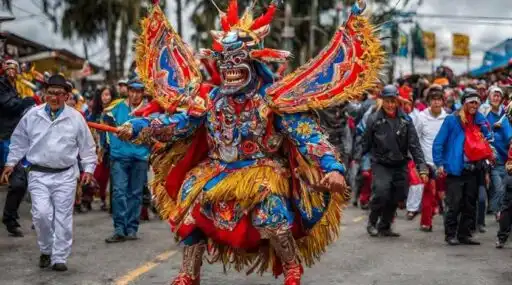
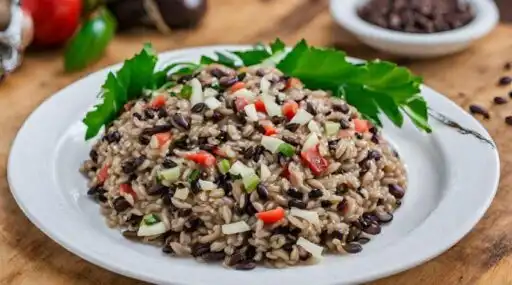
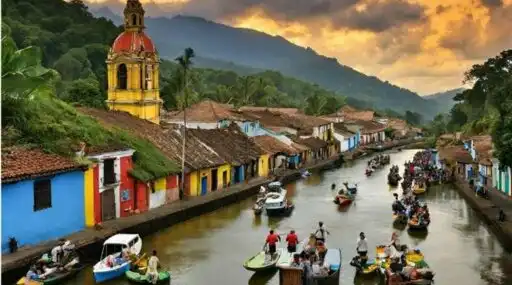
Leave a Reply